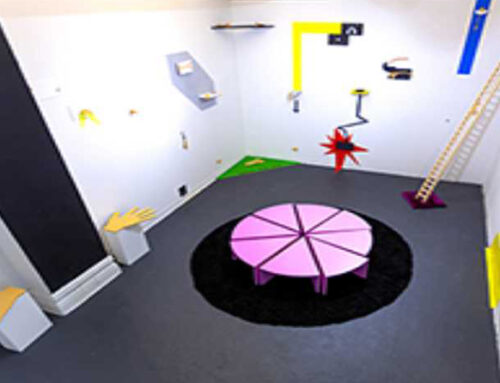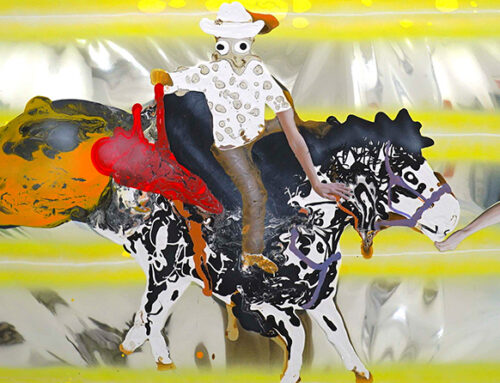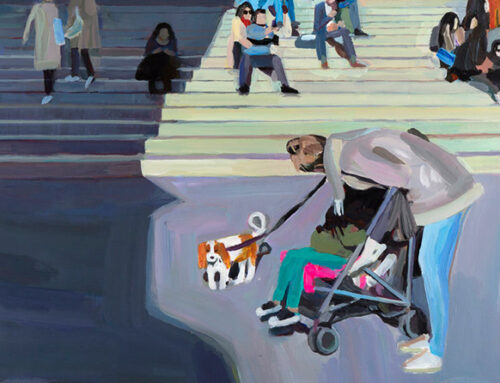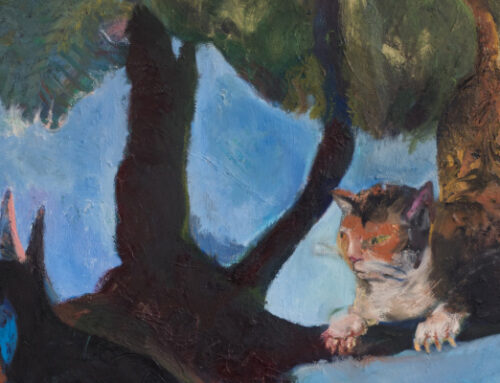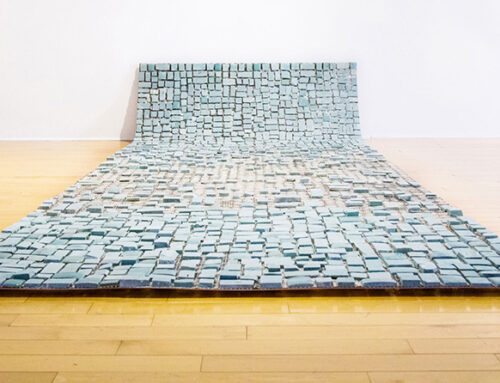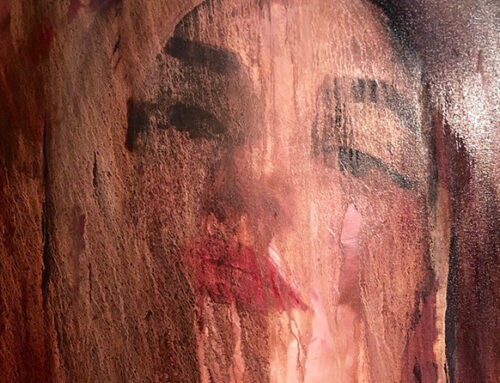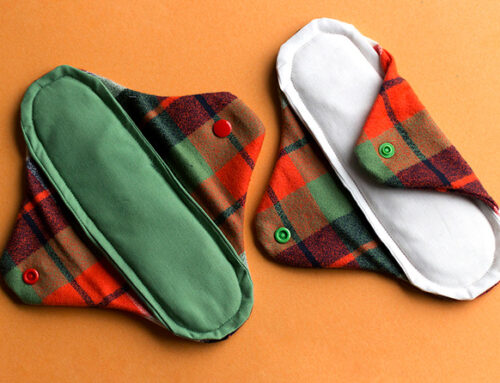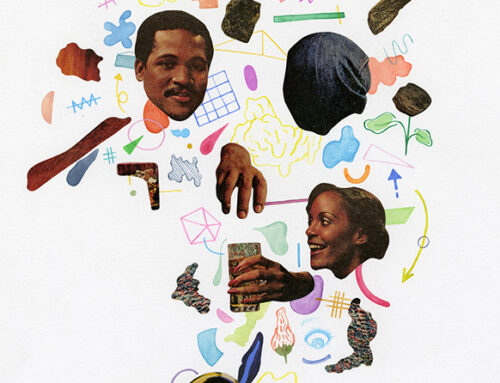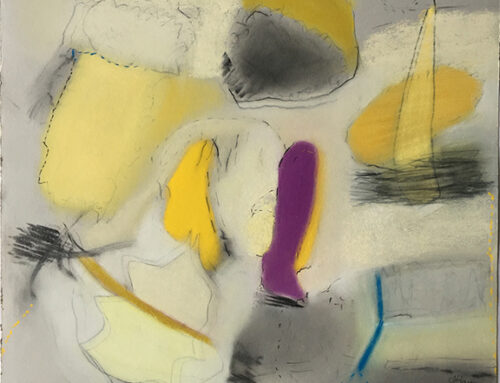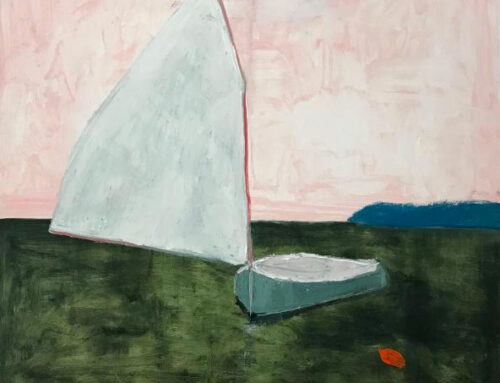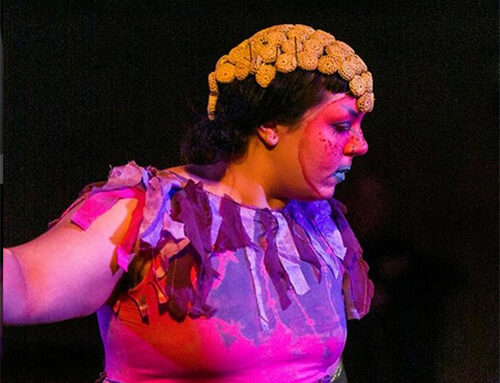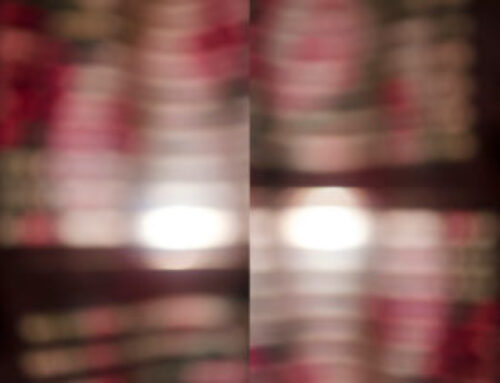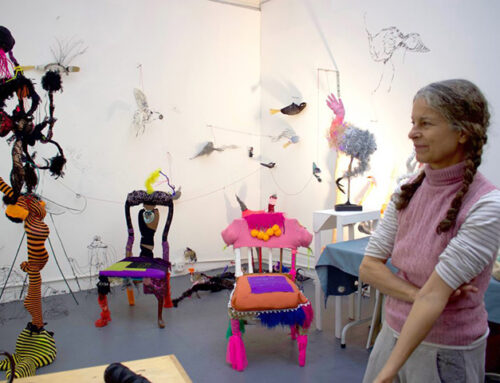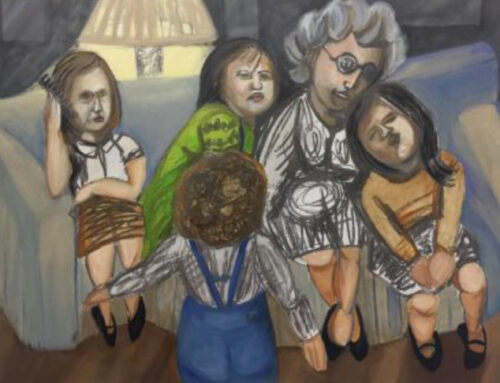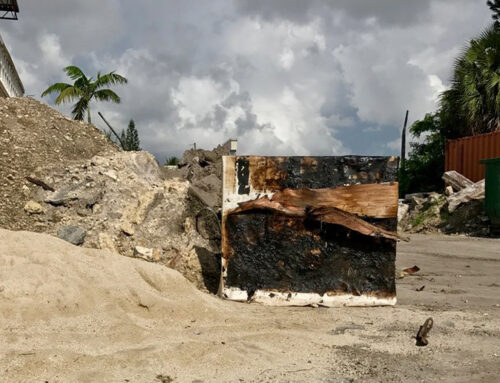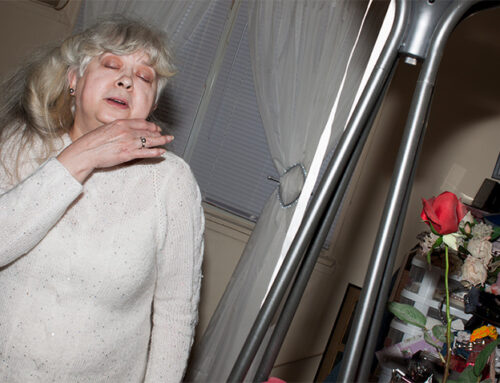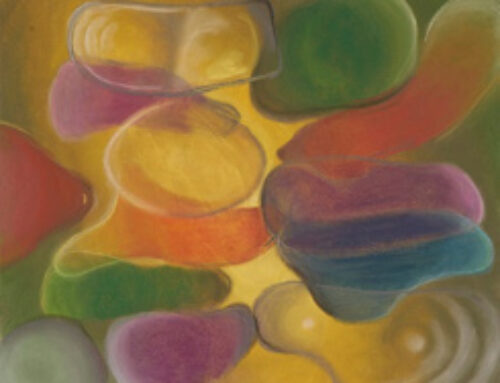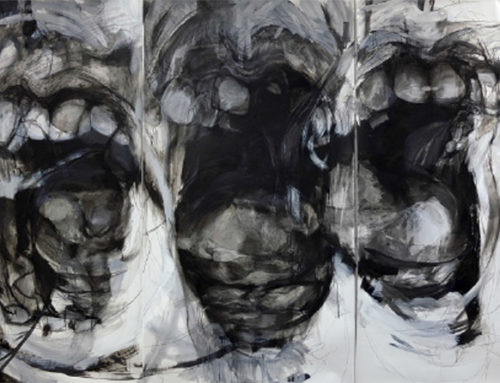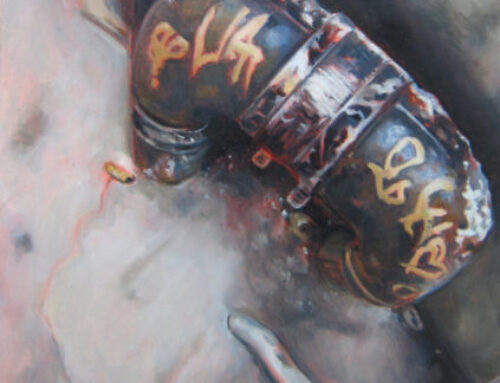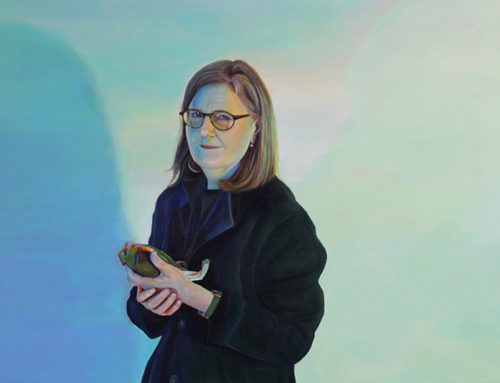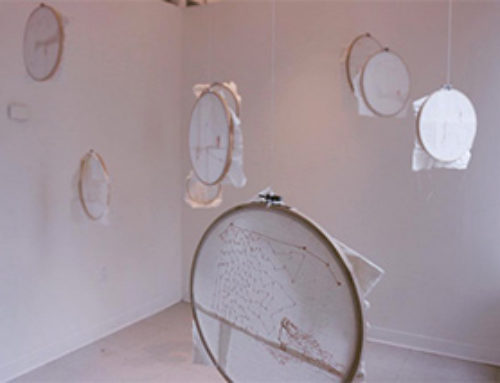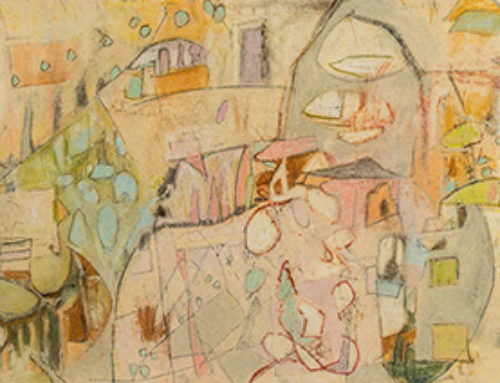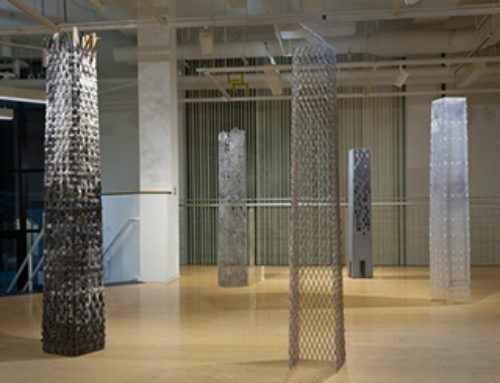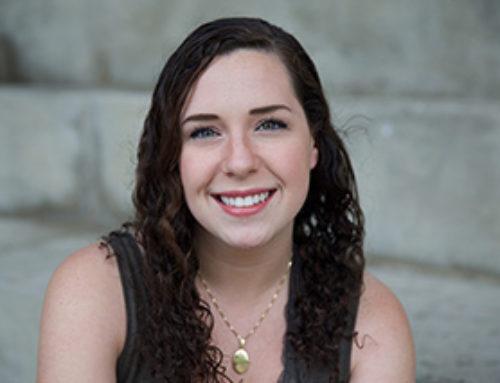
Zoey B. Scheler

Chi Chi Capri, 2017
Stoneware, glazes & paint
6 x 6 x 4 in

Mossy Magrite, 2017
Stoneware, glazes, paint & moss
3 x 4 x 4 in.

Nelia Nautilus, 2017
Stoneware, glazes, pencil, steel, pompoms & paint
8.5 x 4.5 x 4.5 in.

My Little Pony, 2017
Stoneware, glazes, gold thread & paint
3.5 x 6 x 4 in.
ZOEY B. SCHELER | INTERVIEW QUESTIONS
Q. How did your passion for art begin taking shape for you – at home, school, a mentor, and other artists who inspired you, or a personal experience that started the fermenting process?
A. As a child my hands always had to be kept busy. I had to be in a state of constant creating. My parents encouraged me by providing me with materials to explore all forms of art making. My passion and obsession with clay began in high school where my teach, Mr. Dollar, who has continued to be a mentor to me throughout all of my higher education, pushed me out of my comfort zone and taught me the endless possibilities ceramics held.
Q. How would you describe your artwork, in terms of materials or mediums? Has it changed or evolved sine formal training and what are your goals for it?
A. My practice often begins on the potter’s wheel. From there I alter and transform my vessels, breaking their symmetry while maintaining the refined, controlled, and systematic nature of wheel-throwing. The thrown forms then get combined with slabs and slip cast forms. Applying texture, color and patterning to the surfaces of the forms allows me to accentuate and exaggerate every plane, curve or crevice encountered. Glazes ae applied and re-fired for glassy finishes while other surfaces remain matte. Other materials such as acrylic and latex paint, wire, and fake moss add layers to the skins of each form. The inclusion of found objects, like pompoms and marbles, introduce childlike associations, though the material confrontations that are arise are uncomfortable, as they are pushed, stuffed, and hidden in various openings. I have always been fascinated with the symmetry the potters’ wheel provides, and the modular nature of small thrown elements. Though my earlier work has more
emphasis on functionality, bowls, and vases still have a huge influence on my small scale sculptures.
My aim is to construct unique yet ambiguous worlds with every piece. Each work maintains its formal singular identity while affecting a dialogue within a serial network of other objects. Each handheld landscape morphs from abstraction to place to figural creature and back again. One should explore each surface treatment like an alien surveyor. By making such small objects I am driving the audience to look and enter every intimate space, close looking is essential. These objects recall a broad range of feelings, from the sweetness of holding a newborn to the discomfort of entering a sex shop full of toys you don’t know how to use.
Q. How important is a personal style to you as an artist, or does your work reflect larger social and cultural issues?
A. I believe in making interesting, beautiful, and indulgent objects of art. I make work that is pleasurable and full of joy. My work is intended to bring pause and observation to things that may often get overlooked.
Q. Has being a woman affected your work and other’s perception of it? How do you feel about being a part of a woman’s art organization?
A. I am an artist, an artist who happens to be female. It is important to me to be a part of many arts communities and organizations. In this case being a strong, dedicated, hardworking female artist brought this opportunity to be a part of NAWA my way, and I am extremely grateful for that.



